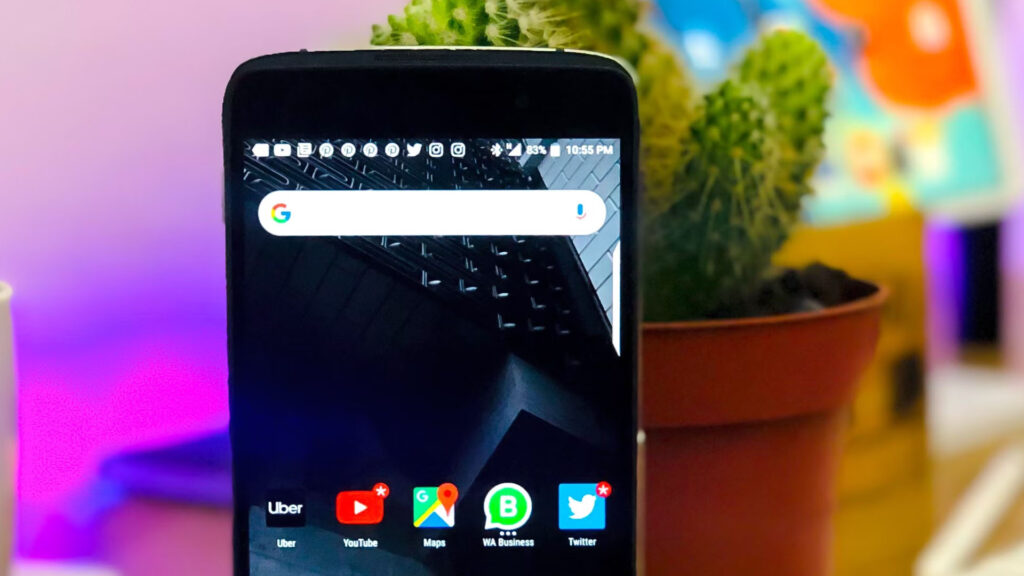The first iPhone was released in 2007, which both feels too long ago and too recent. When I think about the start of the smartphone era, I imagine it to be something which only just happened. However, it also seems centuries since people lived without a phone in hand at all times. Can it only be fifteen years?
One of the things that makes the rise of smartphones feel recent is that they have not been replaced. Smartphones have gotten better, first in leaps and bounds and then in small increments. But they are still fundamentally the same thing.
We forget this because of good marketing by companies like Apple and Samsung. They convince us that we need the newest smartphone at least every two years. They make us think the old designs are pretty much useless. That’s simply not the case.
A few months ago, my iPhone 13 was stolen. I had good mobile phone insurance for theft, but once the payment hit my bank account, I left it there. I still had my old iPhone 8 Plus lying around and decided to see how it held up. The iPhone 8 Plus came out in 2017 – almost five years ago.
Here is what I learnt.
Smartphones have changed… but the changes are superficial
My iPhone 8 Plus is heavier and much bigger than my iPhone 13 Pro, but the screen size is about the same. It has ‘only’ two cameras. It has a fingerprint sensor and no facial recognition. It is also slower and the display resolution is significantly worse.
However, none of its failings had any negative impact on my life. The phone is fast enough that it never frustrates me by lagging. I’m not bothered about the extra weight or the blank space above and below the display. I’m not much of a photographer either.
I’ve also recognized that facial recognition is totally unnecessary. In fact, because we’re still wearing masks out, using my thumbprint for Apple Pay is a whole lot more convenient (Apple only improved their software to recognize masked faces after my phone got stolen).
My point is that new smartphones may have features that look and feel good, but nothing that you actually ever need if you are not a smartphone photographer.
So, what do you need in a smartphone in 2022 if you want to save money?
Space is more important than ever
My old iPhone has only 64GB of space. This is absurdly low and, in 2022, it is hard to believe I chose this willingly. However, the reality is that the software and content on our phones is growing in size. Music is one of the most noticeable examples.
Apple Music now offers extremely high quality streams, along with certain songs designed with Dolby Atmos technology. A single song can easily take up around forty megabytes. Downloading albums onto my phone in this format is simply impossible with 64GB.
Photos airdropped from newer phones are also heavy on space. Plus, iOS updates tend to take up more and more space.
Your phone should support software updates (and the software itself)
The biggest changes during the smartphone era have come in the way of software. The first iPhone came before streaming had taken over, and the apps you could get did very little. As such, it is crucial that you have a phone that is able to update to the latest software. For iPhones, the iPhone 6S is currently the oldest phone supporting the latest iOS update.
However, just because a phone can be updated doesn’t mean it can support the software. My iPhone 8 Plus just about makes it. Its performance is just about good enough that it never bugs me. You need a phone that can handle the latest software, but the reality is that most smartphones produced in recent times do so easily, not just the expensive ones.
Ultimately, what you need from your smartphone now is not so different from what you needed half a decade ago. Unless you want to take the highest quality photos, a cheaper or older smartphone will do just fine.
